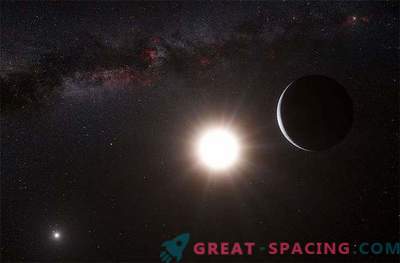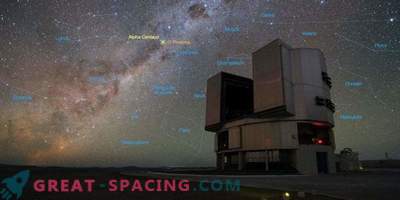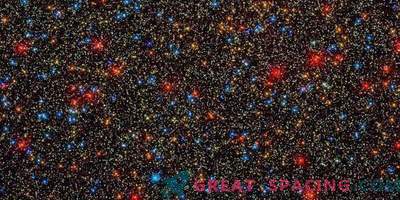
Scientists from Yale University looked at the nearest Alpha Centauri star system
Researchers from Yale University during the inspection of the Alpha Centauri system have found new ways to narrow the search for residential planets. They believe that there may still be small planetary systems that could miss.
The universe shows that the most common type of planets are small. The data suggests that they should revolve around Alpha Centauri A and B.
The Alpha Centauri system is distant from us by 1.3 parsec, which is considered to be a neighbor. It includes three stars: Centaurus A, Centaurus B and Proxima Centauri. The discovery of the planets around the latter last year caused a lot of discussion in the scientific community.
The assumption of the presence of small rocky planets around Alpha Centauri A and B is based on data from advanced spectrographic instruments in Chile: CHIRON (Debra Fisher team), HARPS (Geneva) and UVES (part of the Very Large Telescope). The researchers created a net system for Alpha Centauri and tried to figure out how to find a small rocky planet in the habitable zone. For Alpha Centauri A, the possibility of having a planet with 50 Earth masses is assumed, for B - 8 Earth masses, and for Proxima - half the Earth mass.
Scientists have rejected the possibility of the formation of large planets, like Jupiter, causing asteroids. Research is important because it excludes certain conditions. For example, the absence of large planets removes the threat of destruction for small worlds. This will help to focus on the main objectives and not go on the wrong track.











































